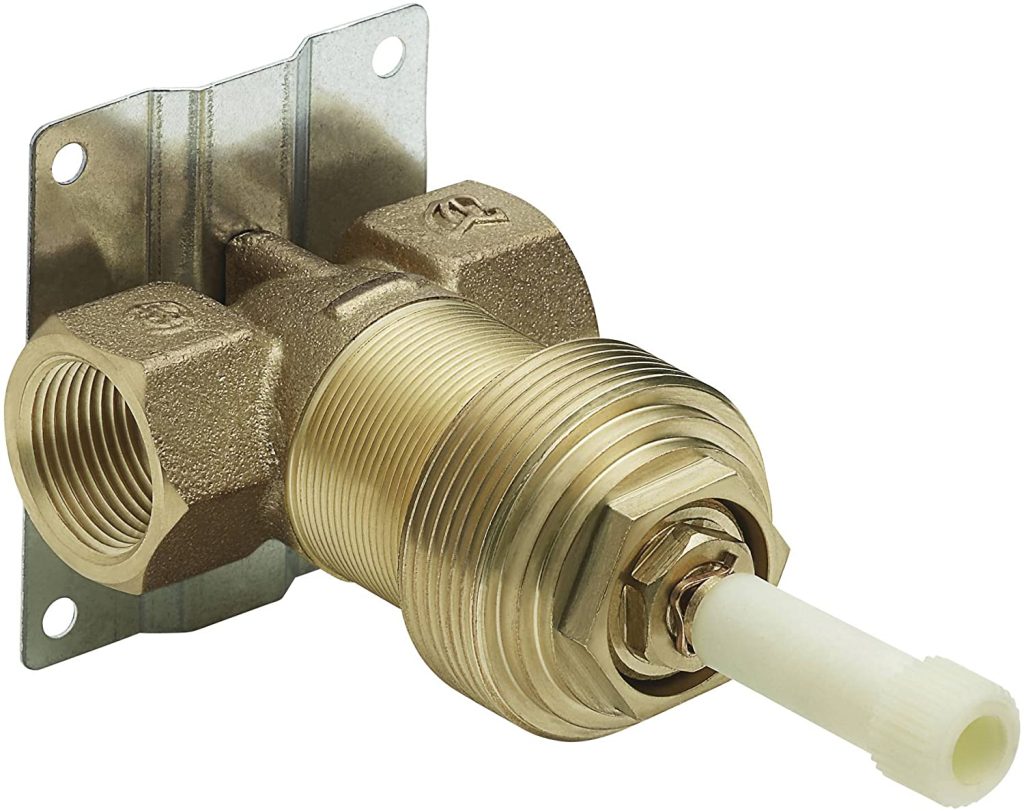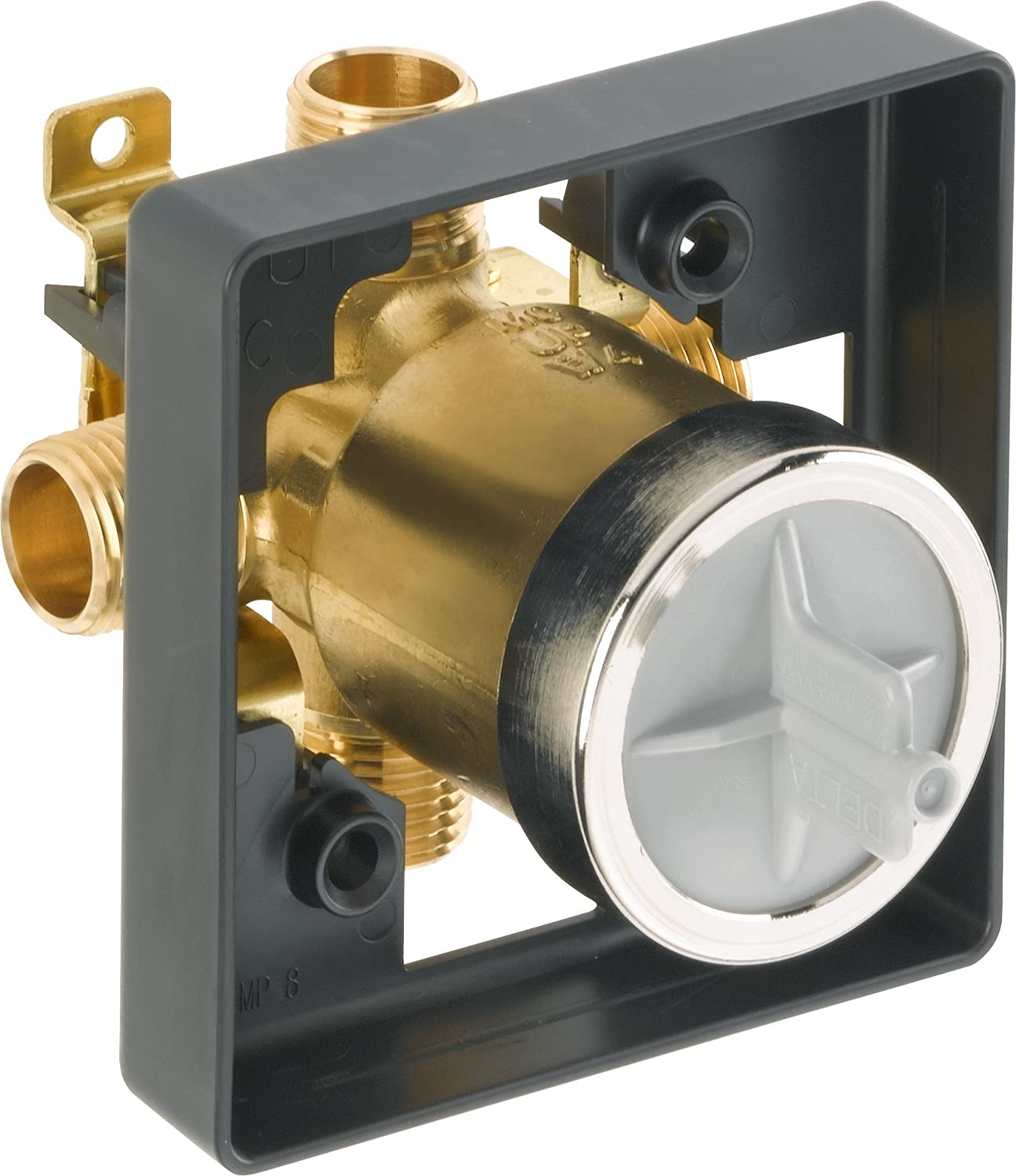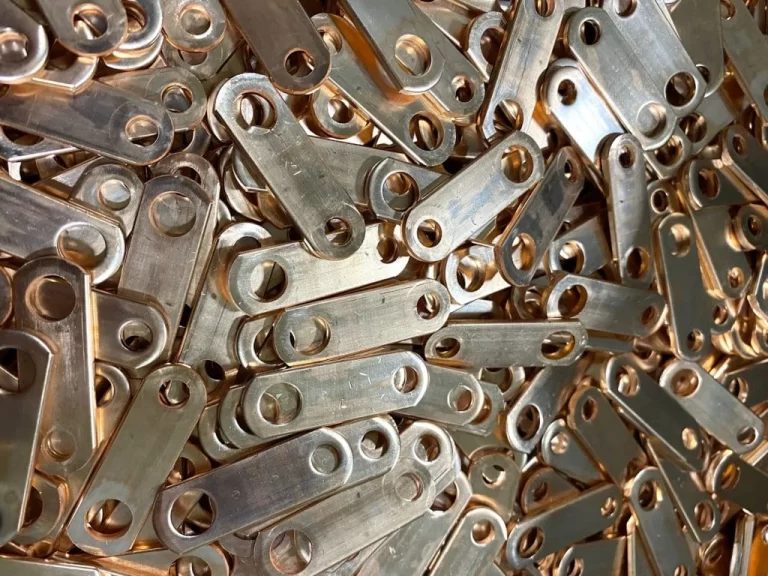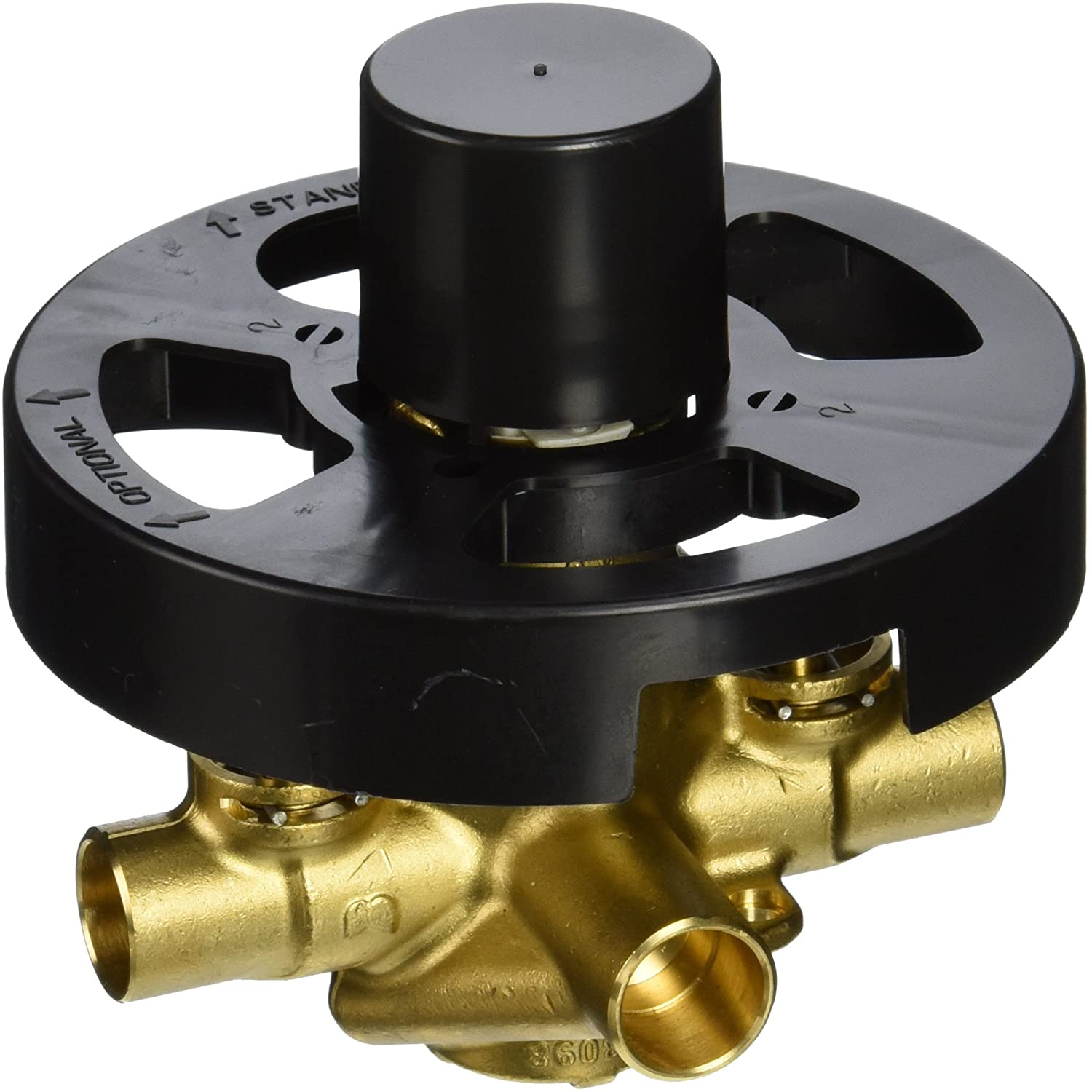The Definitive Guide to Welding Tools
Welding is a pivotal process in industries like construction, automotive, aerospace, and manufacturing. Choosing the correct welding equipment is crucial for quality, efficiency, and safety in your projects. This guide delves into various types of welding equipment, their applications, and considerations for selecting the right tools. Additionally, we’ll discuss the role of welding equipment in conjunction with geotextiles in construction and engineering projects.

Types of Welding Equipment
Welding equipment is classified based on the welding process they support. Key types include:
- MIG Welders (Metal Inert Gas): Ideal for beginners, MIG welders use a continuous wire feed, perfect for thin to medium-thickness metals.
- TIG Welders (Tungsten Inert Gas): Known for precision and high-quality welds, TIG welders are best for thin materials like stainless steel and aluminum.
- Stick Welders (Shielded Metal Arc Welding): Versatile and durable, stick welders are used in construction and repair work, suitable for thicker materials and outdoor settings.
- Plasma Cutters: Not strictly welding equipment, plasma cutters are used to efficiently cut through various metals.
Choosing the Right Welding Equipment
Consider these factors when selecting welding equipment:
- Material Type and Thickness: Match the type and thickness of metals with the appropriate welding process (MIG, TIG, Stick).
- Project Scale: Large-scale industrial projects require robust, high-duty cycle welders, while smaller DIY projects benefit from lighter, portable options.
- Skill Level: Beginners may find MIG welders easier to use, while experienced welders might prefer TIG welders for their precision.
- Power Supply: Ensure compatibility with available power sources; some welders need 220V, others operate on standard 110V outlets.
- Budget: Welding equipment ranges in price; balance your budget with desired features and performance.
Using Welding Equipment with Geotextiles
Geotextiles are permeable fabrics used in construction and engineering to enhance soil stability, control erosion, and provide drainage. Welding equipment can be used with geotextiles in several ways:
- Attaching Geotextiles to Metal Structures: Secure geotextiles to metal frames or anchors in retaining walls or drainage systems using welding equipment.
- Creating Reinforced Edges: Weld metal bars or rods along geotextile edges for added reinforcement, preventing tears or displacement.
- Fabricating Custom Metal Components: Customize metal components like brackets, supports, and connectors that complement geotextiles.
Safety Considerations
Safety is paramount when using welding equipment. Key considerations include:
- Protective Gear: Wear appropriate gear, such as welding helmets, gloves, aprons, and safety glasses.
- Ventilation: Ensure proper ventilation to avoid inhaling harmful fumes and gases.
- Fire Prevention: Keep a fire extinguisher nearby and remove flammable materials from the welding area.
- Electrical Safety: Regularly inspect and properly ground all equipment.
- Training: Proper training is essential for safe and effective equipment handling. Always follow manufacturer instructions and safety guidelines.
Welding equipment is essential for various industrial and construction tasks. Understanding the types of welding equipment, how to select the right tools, and their applications with geotextiles can significantly enhance project quality and durability. Prioritize safety and training to ensure successful and safe welding outcomes.



